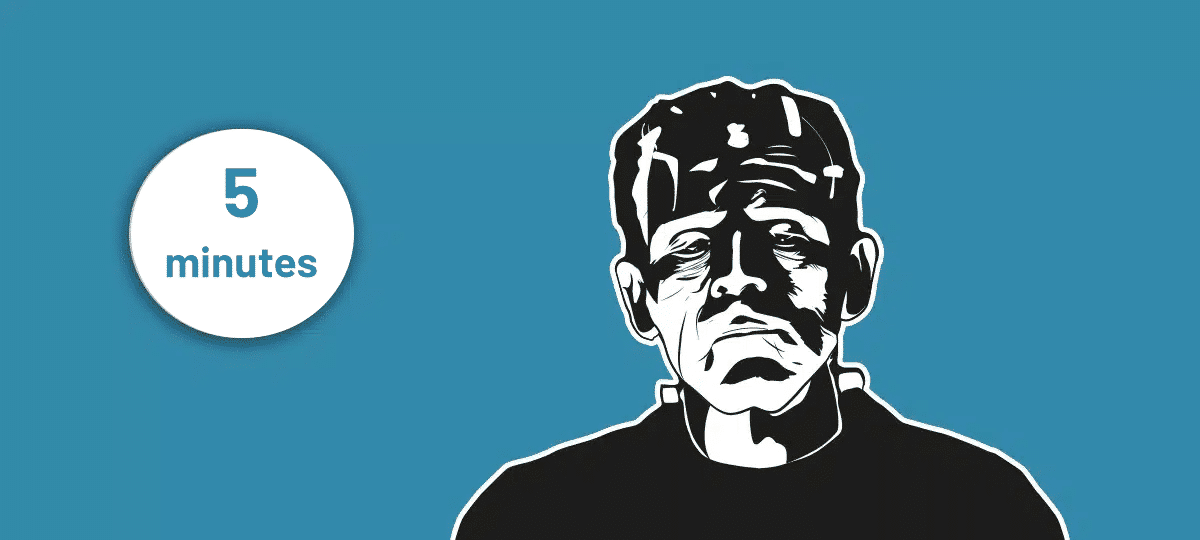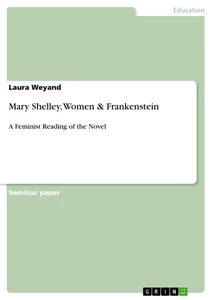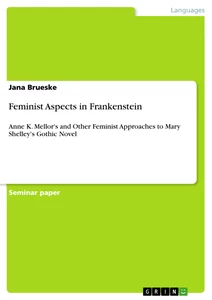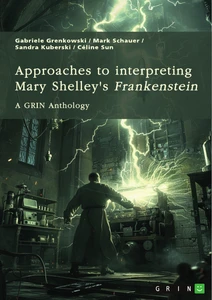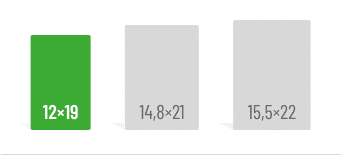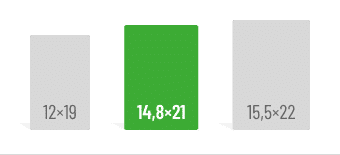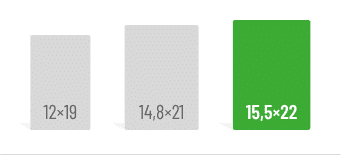First things first:
- Frankenstein’s creature, contrary to popular depictions, is highly intelligent and capable of learning.
- Seven characters die over the course of the book.
- Mary Shelley drew inspiration from Benjamin Franklin’s experiments with electricity.
At just 18 years old, Mary Shelley wrote her gothic novel as part of a competition with her future husband Percy Shelley, Lord Byron, and Byron’s physician John Polidori. The challenge: who could write the best ghost story? The first edition of the novel was published anonymously with a preface by Percy Shelley. The heavily revised version most widely read today, featuring Mary Shelley as the author, wasn’t released until 1831. Initially met with mixed reviews, Frankenstein is now regarded as one of the most influential works in literary history and one of the first science fiction novels.
Summary
The epistolary novel begins with Robert Walton, an explorer on an Arctic expedition, rescuing the severely weakened Victor Frankenstein. Victor recounts his life story, which Walton records in letters to his sister.
Victor, who grew up in Geneva, moves to Ingolstadt at the age of 17 to study natural sciences. During his time there, he becomes increasingly obsessed with uncovering the secret of life. After years of research, he discovers how to animate lifeless matter. Determined to use this knowledge, he decides to create a human-like being. After months of gathering the necessary parts and equipment, he finally brings the creature to life in his apartment. From this point, however, everything falls apart. Horrified by the creature’s appearance, the student flees in terror. Fortunately, his friend and fellow student Henry Clerval finds him, takes him in, and nurses him back to health after Victor is left physically and emotionally drained from his efforts and the shock.
Two years later, Victor receives a letter from his father informing him that his younger brother William has been murdered. Victor decides to return home to support his family.
While walking through the forest near his family home, Victor catches a brief glimpse of his creature and becomes convinced that it must have murdered his brother. Despite his suspicions, he does nothing to intervene when the family’s maid, Justine Moritz, who has lived with the Frankensteins since childhood, is accused of the crime and executed. From that moment on, Victor is tormented by relentless guilt, knowing that his creation has already caused the deaths of two innocent people.
Victor travels to the mountains in an attempt to clear his mind but unexpectedly encounters the creature there. To Victor’s surprise, the creature has learned to speak through mere observation and listening and proves to be remarkably intelligent. It recounts its loneliness and failed attempts to integrate into human society, which fueled its growing hatred toward humanity. The creature also confesses to the murder of William. It then pleads with its creator to build it a companion so it no longer has to endure life in solitude. The creature’s reasoning eventually convinces Victor to agree to the idea.
To work undisturbed, Victor travels with Henry to Scotland and isolates himself on a remote island. However, just before finishing the second creature, Victor destroys it, fearing it could be as malevolent as the first—or that the two might reproduce. The enraged creature witnesses this and vows to be with Victor on his wedding night. Shortly afterward, Victor is arrested for murder and learns that Henry has been killed, presumably by the creature. Overcome with grief and exhaustion, he recovers in prison and is later released.
Back in Geneva, Victor marries his adopted sister Elizabeth. Fearing the creature’s promise, he sends Elizabeth to the bedroom while he waits elsewhere. The creature, however, kills Elizabeth instead. Victor’s father dies of heartbreak, and Victor vows to spend the rest of his life hunting the creature. His pursuit leads him to the Arctic, where Walton finds him near death.
Shortly after finishing his story, Victor dies. Walton later discovers the creature mourning over Victor’s body. Filled with regret and loneliness, the creature declares its intention to end its life and disappears into the icy wilderness.
Key Characters
Victor Frankenstein
A Swiss scientist who grows up in Geneva. Fascinated by ancient alchemy, he studies modern natural sciences at Ingolstadt University, striving to unlock the secret of life. This ambition ultimately leads to his downfall.
Frankenstein’s Creature
Unnamed and ambiguously created, the creature is superhumanly strong, resilient, intelligent, and capable of learning. Despite its efforts to integrate into society, it becomes vengeful after repeated rejections and targets Victor’s loved ones in retaliation. The 8-foot-tall being is described as follows:
“His yellow skin scarcely covered the work of muscles and arteries beneath; his hair was of a lustrous black, and flowing; his teeth of a pearly whiteness; but these luxuriances only formed a more horrid contrast with his watery eyes, that seemed almost of the same color as the dun white sockets in which they were set, his shriveled complexion and straight black lips.”
(Frankenstein, p. 59).
More about the characters: The Creator and his Creature in Mary Shelley’s “Frankenstein” | GRIN
Did You Know?
Prometheus
In Greek mythology, Prometheus (“forethought”) is the Titan who creates humans from clay. He defies Zeus by giving humanity the gift of fire. “The Modern Prometheus” also references Immanuel Kant’s essay, in which he compares Benjamin Franklin to Prometheus for his experiments with electricity, which inspired Mary Shelley’s idea for Frankenstein.
Women in “Frankenstein”
Despite being the daughter of a prominent feminist, Mary Shelley’s novel “Frankenstein” lacks strong female characters. One interpretation is that Shelley deliberately makes the women passive to highlight the obsessive and destructive behavior of Victor and the creature.
Unsere Buchempfehlungen zum Thema:
You can also find different interpretations of “Frankenstein” in our anthology on this topic:
Sources:
- Shelley, Mary, [1818] 2009 . Penguin Books.
- Sparknotes for “Frankenstein”
Frequently asked questions
The epistolary novel opens with Robert Walton, an Arctic explorer, rescuing Victor Frankenstein. Walton records Victor’s life story in letters to his sister.
At 18, Mary Shelley wrote her gothic novel as part of a ghost story competition with Percy Shelley, Lord Byron, and Byron’s physician John Polidori.
Mary Shelley was 18 years old when she wrote “Frankenstein or The Modern Prometheus”.
You might also be interested in these articles:
Do you like our magazine?
Then sign up for our newsletter now!
